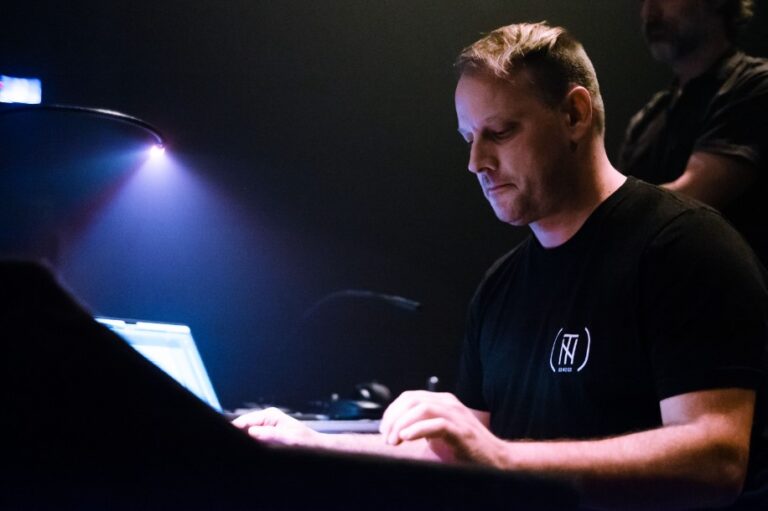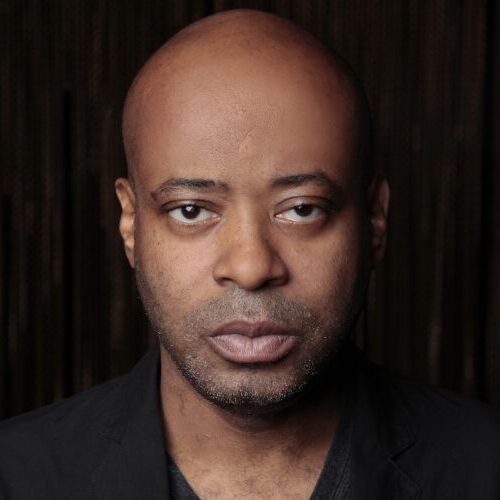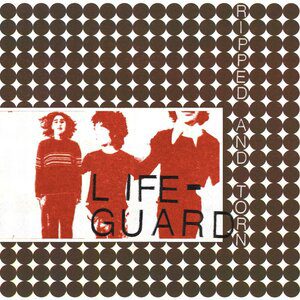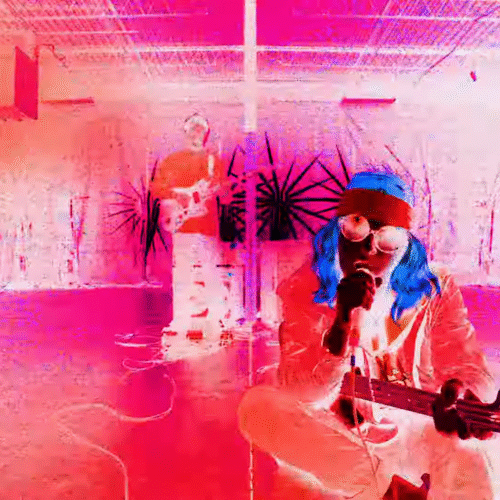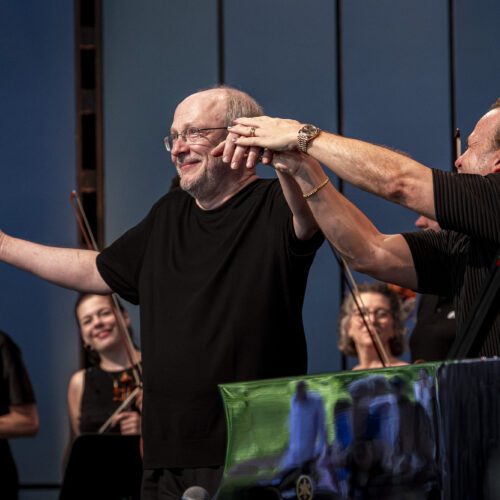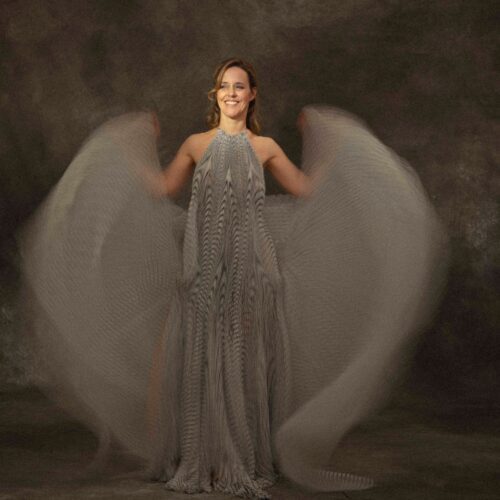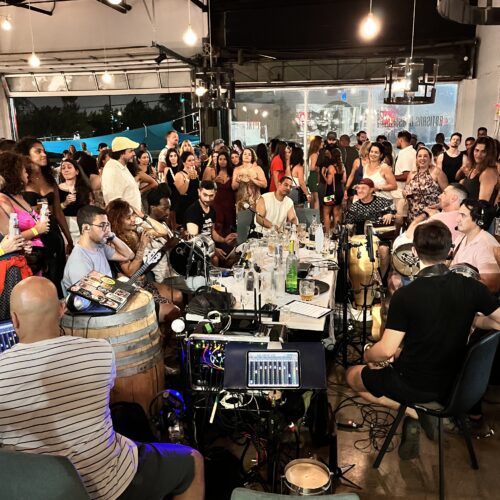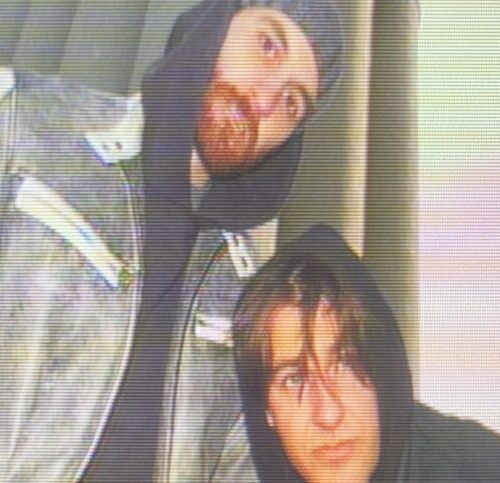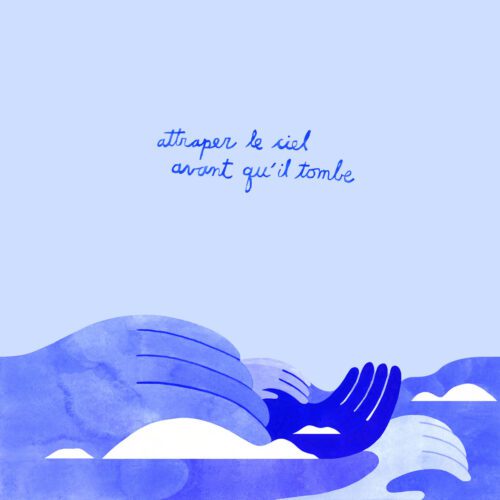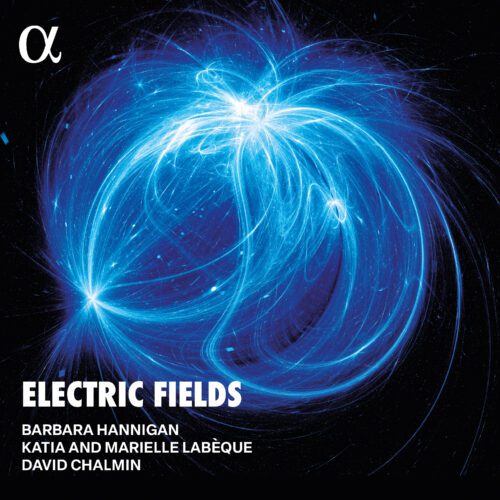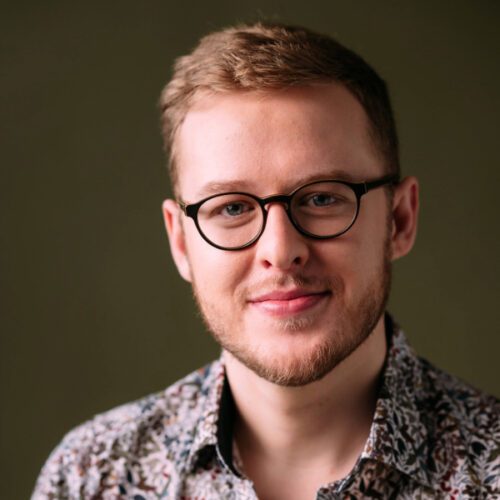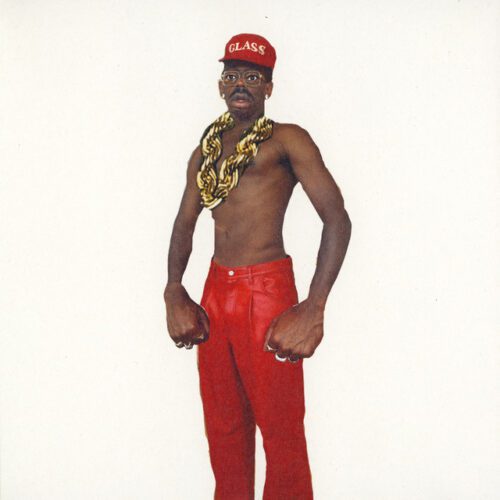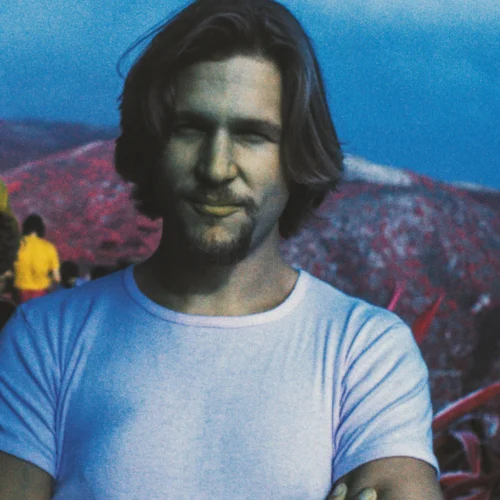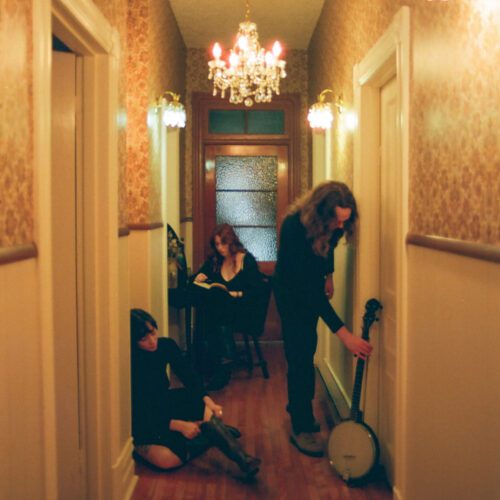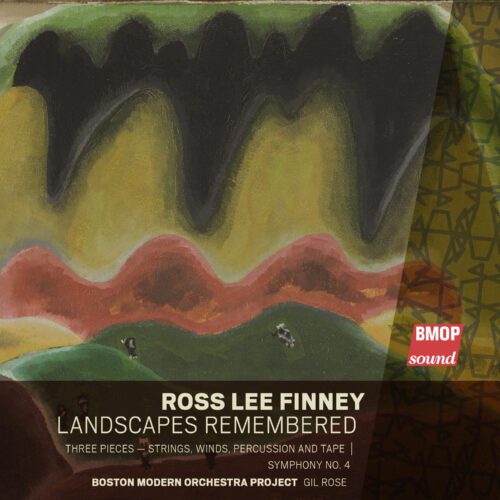On Thursday evening at Usine C, Frédéric Janelle’s L’Oracle had a mystical allure in its spatialization, while Monique Jean made all the phases of Tumultes magnetic, while art and science merged with Gymell, the work of grandmaster Horacion Vaggione.
Frédéric Janelle (ca)
Program: L’Oracle (2024) 8’41”
Lengthening of the note until it evaporates. Silence. Raucous, animal sound. Indistinct whirling. Acoustic flash. Muffled sound. At 2 minutes 20 seconds, an ambient phase is gently inserted, interlaced with divine cavern noises.
A long synth minute featuring envelope, VCA, VCF and probably LFO work in infinite feedback. Note holding. Noisy sequence. Repetition and length. Tone note at 3 minutes 40 seconds. Higher-pitched perception. Drone sequence. Gentle play on sound parameters.
Lasting 8 minutes 41 seconds, the piece was meditative, contemplative and serene. A very interesting way to kick off the evening, with a gentle and refined start.
Frédéric Janelle, a graduate in electroacoustic composition from the Conservatoire de Musique de Montréal, has spatialized L’Oracle in a more than mystical way.
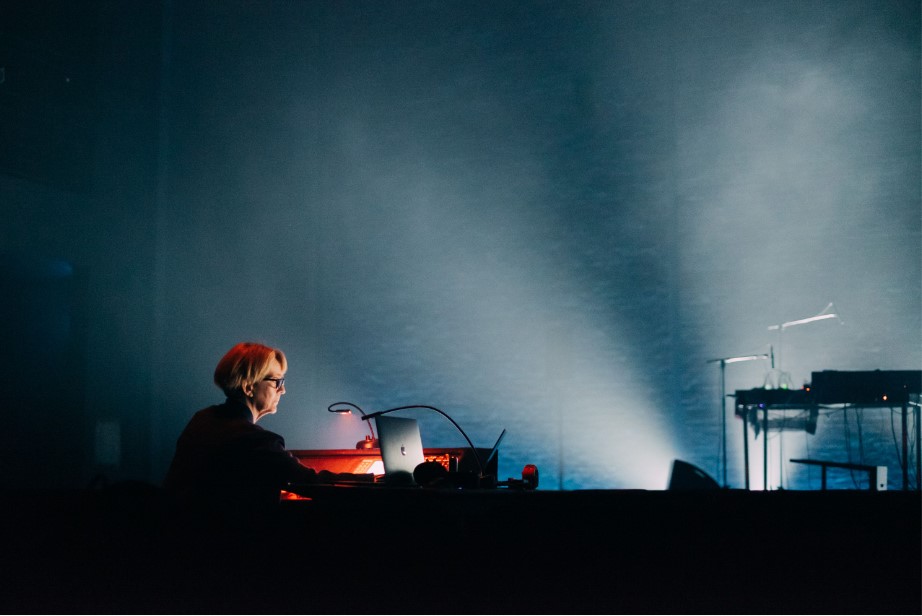
Monique Jean (ca)
Program: Tumultes 15’ (2024)
Lacerated sound. Magnetic. Vibration. Play on resonance, filter and attack simultaneously throughout the intro against a background of long strings. Insertion of loops. At around 3 minutes, imperceptible voices fade into an indistinct crackle, then suddenly disappear.
A noisy, drone-like scene sets in. An impression of field-recorded sound like that of a railroad. Perception of metallic sound or machinery in any case. We’re heading more in a high-pitched direction. The piece becomes more textured and complex.
Diva-style vocals intermingle with echoing notes that escape the material before sinking into a sizzling pseudo-silence. A long, textured ripple is highlighted by a play of frequencies.
Monique Jean is interested in the tensions, breaks and paroxysms of sound materials. These are worked on like a complex organism. Her device integrates analog and no-input as a source of instability and unpredictability to produce her works.
Tumultes 15′, produced with the support of PRIM’s Research and Exploration program and the CAC, was the clear reflection of a continuous metamorphosis of sound flow. A fine progression before Gymell’s lightning attack.
Horacio Vaggione (ar/fr)
Program: Gymell I (2003) 9’20 followed by Gymell III (2024) 16’00
In the depths of the corpuscle, sonic matter comes to life in a stream of sparks for long minutes before being torn to shreds by sharp blows of strident, metallic notes. Laser beams tear through the material in an unreal, animalistic chirp. A process of liquefaction has enslaved the piece. From the effects of crumpled paper to the cogs of a mechanism.
Gymel, like a ferocious beast, closes the evening in two phases: Gymel I and Gymel III. Over 25 minutes of sequences of short fragments of sound, embroidered with resonant, hyper-colored attacks. A cosmic work in which the density of the grains performs on its own. It was so revealing to perceive the synthesized waves invading the acousmonium, as if to illustrate the astrophysical theory of a continuously expanding universe that could retract at any moment.
Hospitalized, the next composer was replaced by one of his greatest fans for the spatialization of his work, Louis Dufort. Horacio Vaggione, Professor Emeritus at the University of Paris VIII – researcher-composer (Studies in computer music at the University of Illinois (1966), co-founder of the Experimental Music Center at the University of Cordoba (1965-68), member of Madrid’s ALEA electronic music group (1969-73), IRCAM, INA-GRM, GMEB) – has sampled all his know-how in granular synthesis and micro-montage to prove to us that science is an art, drawing inspiration from the great scientist Bachelard’s 1932 quote: “The corpuscle has no more reality than the composition that makes it appear”.
Photo Credits: Caroline Campeau
